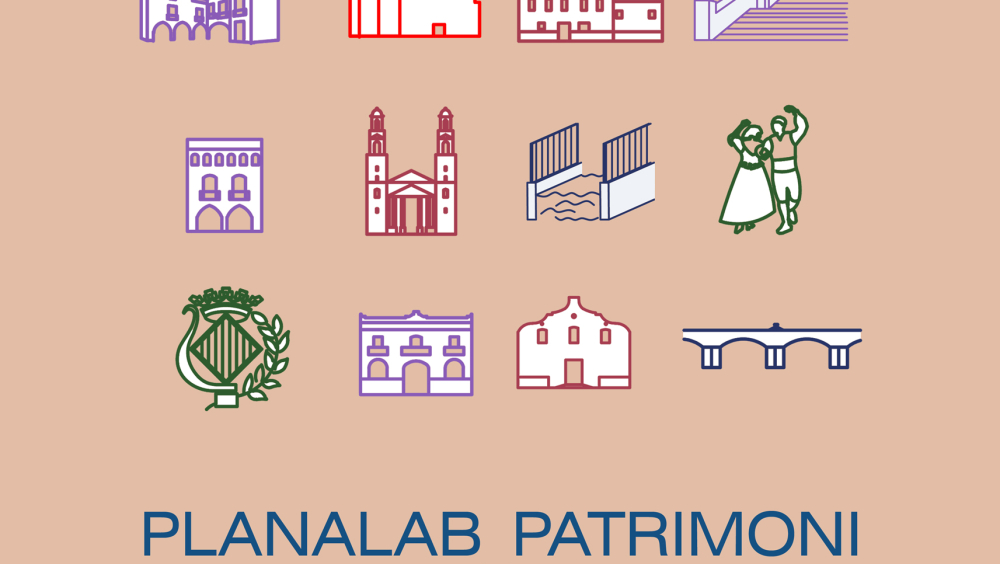PlanaLab_Patrimonio. Otra manera de crear identidades
The project "PlanaLab_Patrimonio. Another way to create identities" aims to bring the local heritage of Vila-real closer to the students of Secondary Education of the town.
The project began in October 2022 and is promoted by the Sociocultural Activities Service of the Jaume I University (UJI). It makes part of the collaboration between the Vila-real City Council and the UJI through the headquarters in La Plana. Planalab UJI works according to the main axes of Art, Education and Heritage through citizen participation.
The "PlanaLab_Patrimonio. Another way of creating identities" objectives are to make students value and know first-hand the urban heritage (agricultural, industrial, religious, hydraulic, civil Heritage) of the city and delve into its singularities; but also to value intangible heritages such as traditional recipes, popular festivals, proverbs or popular dances.
More than 200 students from the 8 ESO (secondary education) schools in Vila-real (Francesc Tàrrega high school, Broch i Llop high school, Miralcamp high school, Flores Foundation, Virgen de Carmen school, Consolación school, Obispo Pont school and Santa María school) participate individually or in groups in this activity.
The students chose their asset to work at the beginning of October and during one month they have been developing their research to elaborate a final promotional product of their local heritage. "The intention of the project is that they approach their heritage in a playful and attractive way for them. We encourage them to work using tools that are familiar, easy and interesting to them such as mobile devices, video games, lettering, recording podcast... Each team chose a heritage element from Vila-real, and then they develop a promotional project around that asset. The objective is to communicate to a hypothetical tourist/visitor, the values of its heritage, the characteristics of the element that make it special or unique, "says Ángela López, heritage education coordinator.
The Torre Motxa, the San Pascual’s Basilica, the mills, the Acequia or the Cabrera’s depot make part of the heritage that is located in the urban area of Vila-real. So, secondary education students are discovering from a different perspective through a process of approach to heritage. All this work is inspired by the principles of the Faro Convention of the Council of Europe and is one of the main premises of the National Education and Heritage Plan promoted by the Ministry of Culture of Spain.
The last phase of the project will take place on December 7 in a great congress held at the Municipal Auditorium of Vila-real. The programme will contain the presentation of twenty selected works and they will be exhibited by students. It will also contain three framework presentations by heritage experts are also scheduled.
The results of the didactic project carried out by the students are also part of the international initiative on heritage education 'Reconnecting with your culture'. The RWYC method is a process in which children and teenagers, with the help from their teachers, search for some cultural heritage, draw it and show their experience, a working process similar to the "PlanaLab_patrimonio. Another way to create identities".
Address
vilareal, 12540 , Spain
